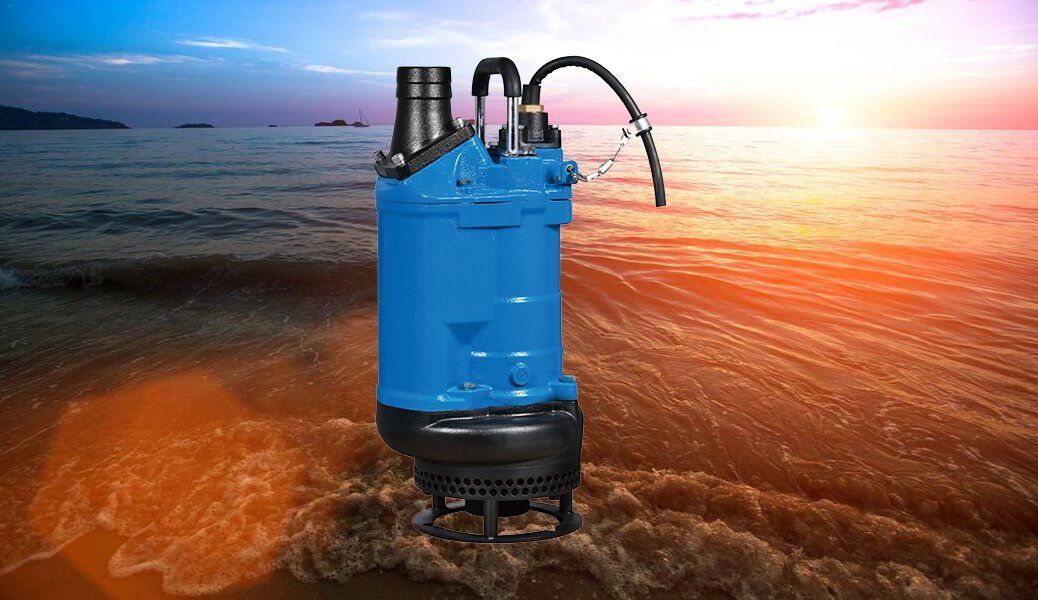- Understanding Submersible Slurry Pumps
- Choosing Submersible Slurry Pumps for Cleaning Works
- Evaluating Submersible Slurry Pump Capacity
- Assessing Submersible Slurry Pump Construction and Materials
- Power Source Options for Submersible Slurry Pumps
- Successful Case of Submersible Slurry Pump: Dredging Operations
Understanding Submersible Slurry Pumps
Submersible slurry pumps are versatile and powerful tools used in various industrial and environmental applications, from cleaning works to dredging operations. This comprehensive guide explores the key considerations, applications, and success factors associated with submersible slurry pumps.
Submersible slurry pumps are specially designed pumps capable of handling abrasive and viscous slurries while operating submerged in liquids. They consist of a motor, impeller, casing, and sealing mechanisms, all housed in a watertight enclosure. These pumps are ideal for applications where traditional pumps would be ineffective or prone to damage.
Choosing Submersible Slurry Pumps for Cleaning Works
When selecting a submersible slurry pump for cleaning works, several factors should be considered:
- Application Requirements: Identify the type of slurry, flow rate, pressure, and cleaning area dimensions.
- Material Compatibility: Choose materials resistant to corrosion and abrasion.
- Solid Handling Capability: Ensure the pump can handle the size and concentration of solids present.
- Sealing Mechanism: Opt for effective seals to prevent water ingress.
- Motor Power and Efficiency: Select a pump with sufficient power and energy efficiency.
- Portability and Installation: Consider the pump’s size, weight, and ease of deployment.
- Brand Reputation and Support: Research reputable manufacturers offering warranty and support services.
- Cost Considerations: Balance upfront cost with long-term operational expenses.
Evaluating Submersible Slurry Pump Capacity
Evaluate the pump’s capacity based on flow rate and head requirements:
- Flow Rate (Q): Ensure the pump’s capacity matches the desired flow rate for efficient cleaning.
- Head (H): Calculate the pressure required to overcome lift and friction losses in the piping system.
- Performance Curves: Refer to manufacturer-provided performance curves to assess the pump’s capacity.
- Efficiency: Choose a pump with high efficiency to minimize energy consumption.
Assessing Submersible Slurry Pump Construction and Materials
Consider the materials used in pump construction:
- Pump Housing/Casing: Choose materials such as cast iron, stainless steel, or alloys for durability and corrosion resistance.
- Impeller: Opt for materials like high-chrome iron or rubber for abrasion resistance.
- Shaft and Bearings: Ensure shafts and bearings are made from corrosion-resistant materials.
- Sealing Mechanisms: Select seals made from carbon, ceramic, or elastomers for effective sealing.
- Wear Plates/Liners: Use abrasion-resistant materials like high-chrome iron or rubber for wear protection.
- Cable and Cable Protection: Insulate cables with materials like PVC or rubber for electrical safety.
Power Source Options for Submersible Slurry Pumps
Consider various power sources:
- Electric Power: Choose single-phase or three-phase motors depending on availability and application requirements.
- Portable Generators: Use generators for remote or temporary applications where grid power is unavailable.
- Solar Power: Harness solar energy for sustainable and off-grid operation.
- Hydraulic Power: Utilize hydraulic systems for applications requiring mobile or high-pressure operation.
- Fuel-Powered Engines: Deploy internal combustion engines for applications without access to electricity.
Successful Case of Submersible Slurry Pump: Dredging Operations
One successful application of submersible slurry pumps is in dredging operations:
- Objective: Remove sediment and debris from water bodies to maintain navigation channels or reclaim land.
- Application: Deploy submersible slurry pumps as part of dredging equipment to handle abrasive materials underwater.
- Benefits: Achieve efficient sediment removal, cost-effective waterway maintenance, and environmental protection.
In conclusion, submersible slurry pumps offer reliable performance, durability, and versatility for a wide range of cleaning works, dredging operations, and industrial applications. By carefully considering factors such as pump selection, capacity, construction, and power source, operators can ensure successful and efficient operation in diverse environments.
